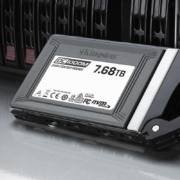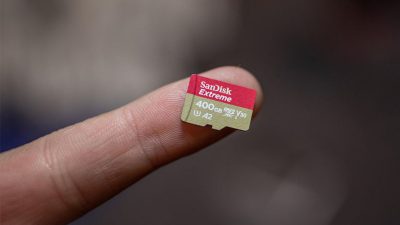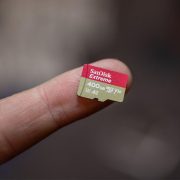From the beginning of next month, halogen light bulbs are to be banned from the European market, in favour of LED bulbs.
Although LED’s cost more upfront, they balance their higher price tag with a longer lifespan, by utilising significantly less power than energy-hungry halogen light bulbs.
As stated by lighting maker Philips, the normal UK family has 10 halogen lights and utilises them for 2.7 hours per day. On the off chance that that is accurate, at that point a huge number of incandescent lights will need to be replaced. So for what reason would they say they are heading to the dump?
What is the ban?
In 2009, out-dated glowing bulbs were the first to go, and in 2016 the staged removal of halogens bulbs started in an extensive push to improve energy proficiency and cut down on carbon outflows. Halogen lights are tremendously inefficient of energy – the Energy Saving Trust states that the ordinary halogen bulb utilises £11 of power a year while a substitution LED bulb would utilise just £2 worth. Furthermore, LEDs are expected to keep going for around 15 to 20 years, while halogen bulbs frequently fail after around two years.
Is this a complete ban?
For the time being, there remain a couple of kinds of Halogen bulbs that are outside of the EU ban. For example, there are some stove lights that are halogens that will, in any case, be available to be purchased, and also some “capsule, linear, low-voltage reflector bulbs”, says Philips.
Will the LEDs fit existing light attachments?
For the most part, yes. You can purchase “bayonet” or “Edison” (screw-type) LED globules at general outlets. However, there might be an issue in the event that you have halogens fitted in your roof (particularly in kitchens) which are associated with transformers.
As indicated by Philips: “The low wattage proportional LEDs once in a while mean a few transformers can’t recognise that the light is really exchanged on and in this way lights can flash. For this situation, it merits looking for guidance from your circuit repairman.”
Will shops stop offering halogen bulbs on 1st September?
No. They will have the capacity to offer their current stock yet won’t have the ability to reorder more. So in the event that you are fixated on keeping your incandescent light, at that point, there’s still time to get a few.
Do I need to replace every one of my incandescent lights at this point?
Try not to worry, you won’t need to whip them all out because of a fear of an EU fine. Replace them with LEDs as and when the old halogen bulb fails.
How much do they cost?
At B&Q, “Diall” LED bulbs offer 1,520 lumens (which states that that is equivalent to the old 100w globule) and cost £8. In any case, make sure you remember how considerably much less power they use and to what extent they last. In the event that family units replaced 10 incandescent light with 10 LEDs, the long haul investment funds are equivalent to about £112 a year, says Philips.
This is an EU thing. Wouldn’t we be able to simply overlook it as a result of Brexit?
The underlying boycott caused some shock. James Delingpole, the Daily Telegraph writer, said he was “incandescent with rage” at “another piece of typically, bullying, an ill-thought-through piece of EU legislation”. However, lighting makers have clarified that they are not prone to deliver unique bulbs for the UK showcase alone. Also, we are still in the EU, so EU rules apply. A representative for Philips says: As the UK is still governed by EU ruling and we are still within the EU at the time of the imposed ban we cannot ignore the new regulation.”

























Halogen lights are usually those with two pins, small and fit into table lamps and down lights. G4 and G9. I have not seen a replacement for these.
Others are GU10 and Mr16 types. There are replacement LEDs for these. They may not last as long as the original halogen bulbs. To get the best out of LED lighting you need to replace halogen fixtures and table lamps.
The article talks more about trunsten long in the past and nothing to do with halogen replacements.
I have a Dimplex Opti-myst electric fire which uses the halogen lights to create the convection for the misted water vapour. Without the heat it will not work, guess I need to stock up on spares
I have been using LEDs for some time and she been able to source the G4 and G9 units from B&Q and Screwfix. So far no issues, the LEDs provide better light and so far the Philips G4 replacements I have in the barhroom have outlived the old halogen ones threefold. I haven’t replaced any of the fittings but have replaced a couple of the low voltage transformers just because they were fairly old. With standard bulb fittings like table and ceiling rose pendants I have used the existing and just switched the bulbs. One precaution, make sure when shopping for LEDs you understand the Lumen values and the different variants of white colour (warm, cool and daylight) as the last two are not always suitable for indoor use.
[…] larger scale appliances have become considerably more efficient. Items like LED light bulbs use 80% less energy than older halogen light […]
Thanks for sharing information I must say very informative blog post. Keep it up!!
[…] 2018, halogen light bulbs were banned from the European market, in favour of LED bulbs. Halogen lights are tremendously inefficient of energy and need to be […]